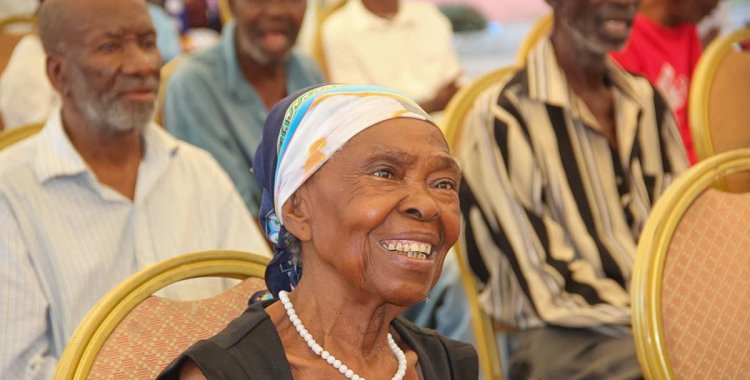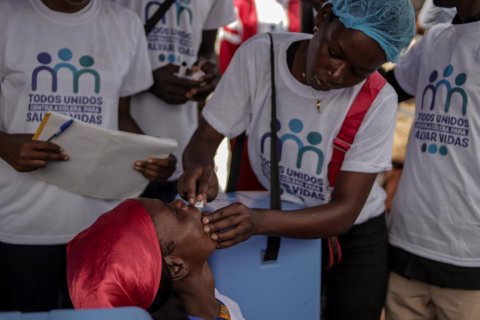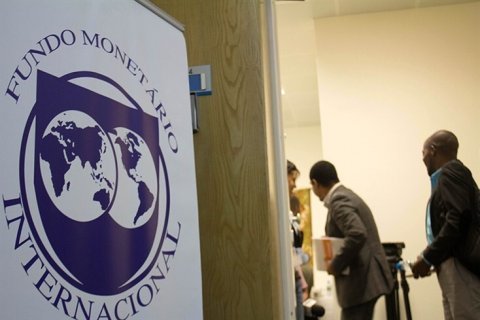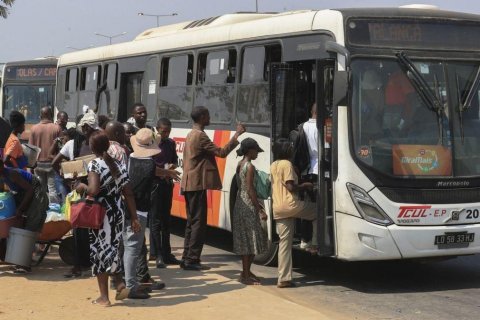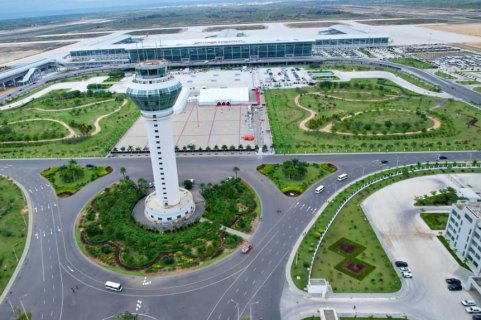Calculations made by Lusa based on the Thematic Report on the Characteristics of the Elderly in Angola, recently published by the National Institute of Statistics (INE), indicate that the number of elderly people will have grown by 46 percent between 2014 and 2024, rising from 612,430 to 895,554 people aged 65 or over.
"It is estimated that, in a period of around 10 years, the elderly population could have approximately 227,660 more elderly people, a growth of around three percent per year", says the study, which projects a total of 895,554 elderly people for 2024.
Despite this increase, the elderly continue to represent a small fraction of the Angolan population: just 2.4 percent in 2014 and with an aging rate of five percent, meaning that there were 100 young people for every five elderly people — a proportion that would have risen slightly to 5.8 percent in 2024.
The INE points out that the report's main source of data is the definitive results of the 2014 Population Census, supplemented by information from the Multiple Indicators and Health Survey (2015-2016) and the Expenditure and Employment Survey in Angola (2018-2019).
According to the 2014 Census, of the resident population aged 65 or over, 43.3 percent were men and 56.7 percent were women, with rural areas having the largest number of elderly people, the study says.
The provinces of Luanda and Huíla are those that, in absolute terms, have the largest number of elderly people, with 102,982 and 68,190, respectively, while Cunene and Bengo are the provinces that have the highest proportion of elderly people in relation to their total population, with around four percent.
Portuguese (the only official language in Angola) is the most spoken language in the age group aged 65 and over (52.3 percent), followed by Umbundu and Kimbundu (national languages of African origin), with 33.9 percent and 20.9 percent, respectively.
The proportion of elderly people with low levels of education is high: more than half of the population aged 65 or over has never attended school and only 2.8 percent have completed the second cycle of secondary education, according to the report.
The literacy rate among the elderly was only 26.9 percent, with stark inequalities between urban and rural areas, and between men and women.
From an economic point of view, 39.5 percent of the elderly population was employed, mainly in activities linked to agriculture, fishing and informal trade, with the unemployment rate in this age group being eight percent.

